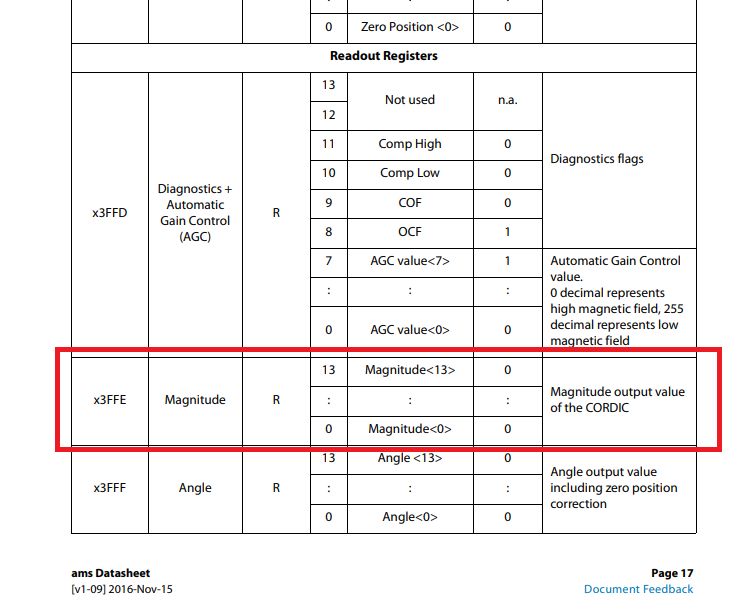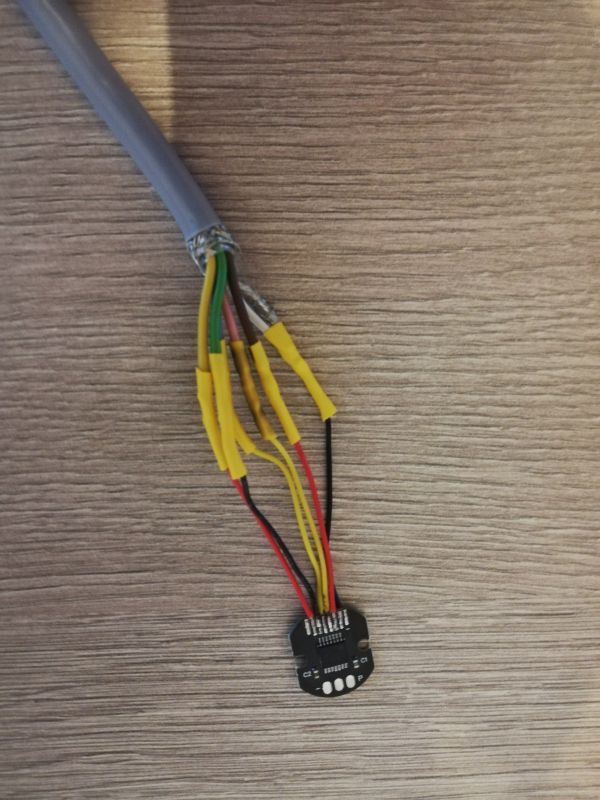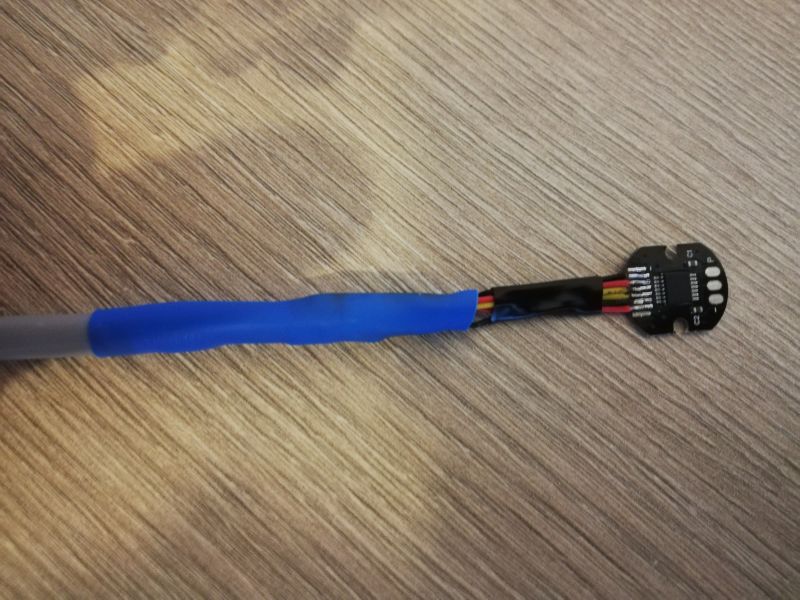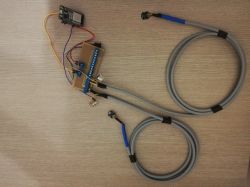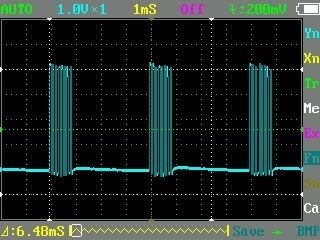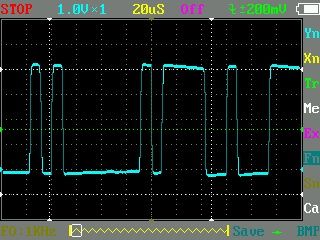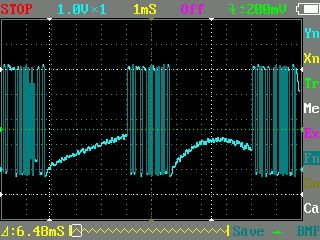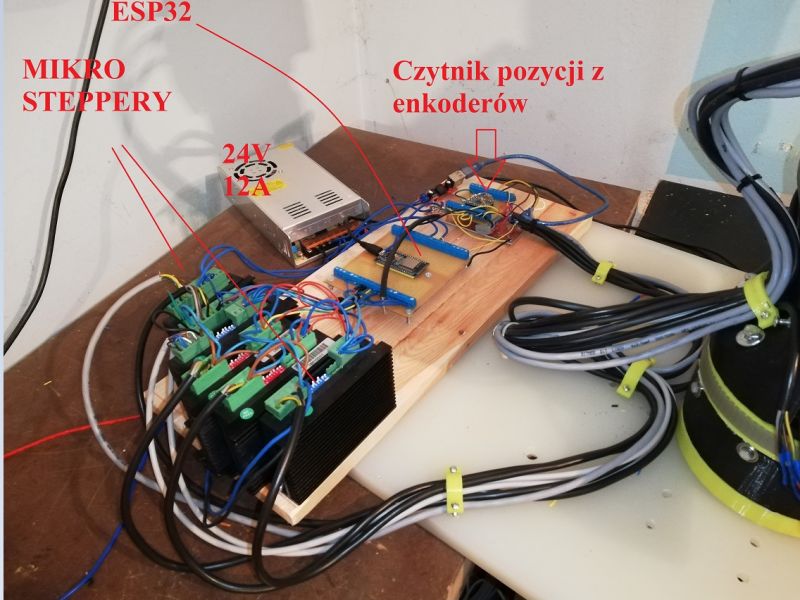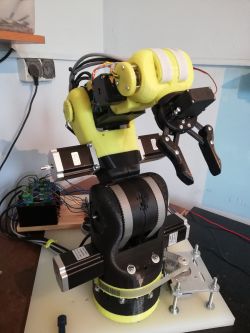I recently bought some AS5048A encoders, communicating with the master over SPI. I assembled a connection like this:
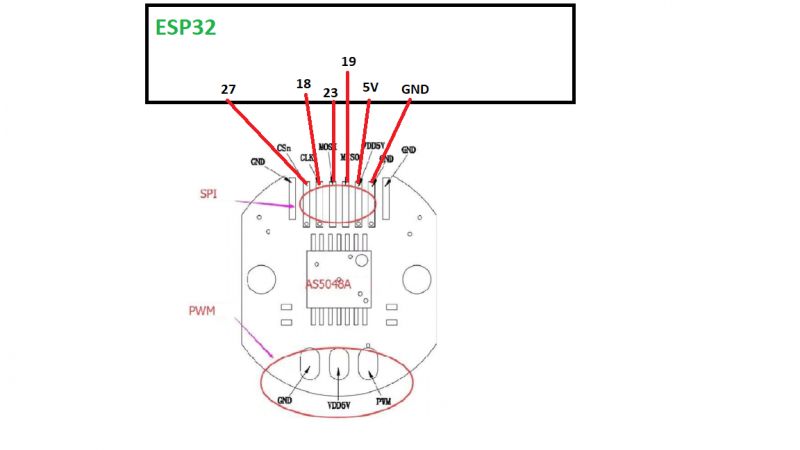 .
.
and uploaded the example I found:
.
Unfortunately after uploading the code to the ESP32 dev Module, I get the same zeros whether I apply the magnet or not. When I get home with this the first thing I'll check is that I have an SCL signal on the oscilloscope and that I have a low state on pin 27 every second, but I'd also like to ask if maybe something is wrong with the code or pinology?
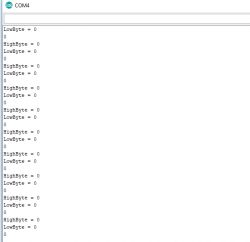 .
.
 .
.
and uploaded the example I found:
Code: C / C++
Unfortunately after uploading the code to the ESP32 dev Module, I get the same zeros whether I apply the magnet or not. When I get home with this the first thing I'll check is that I have an SCL signal on the oscilloscope and that I have a low state on pin 27 every second, but I'd also like to ask if maybe something is wrong with the code or pinology?
 .
.






